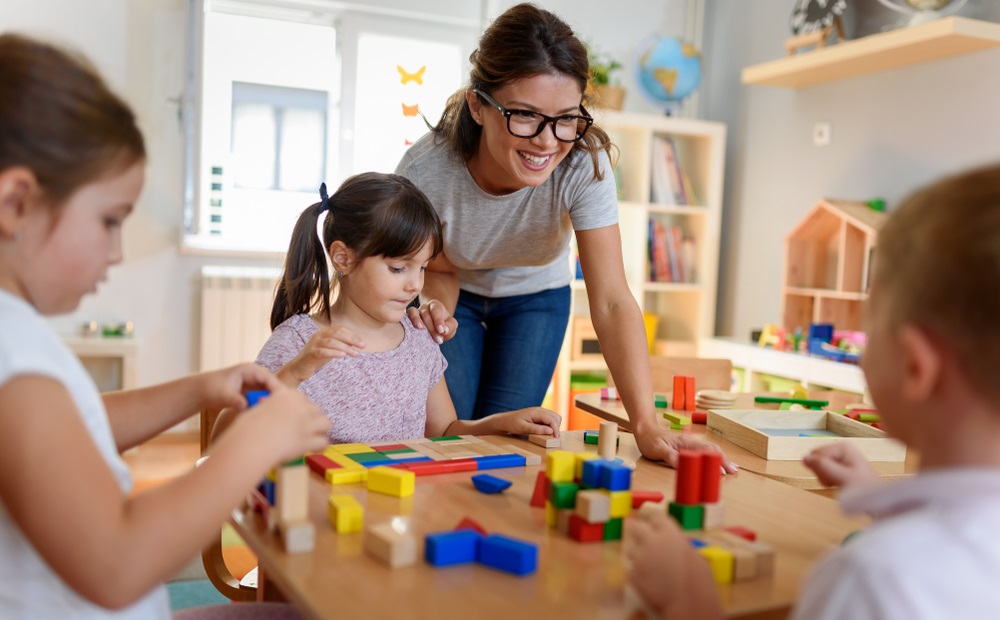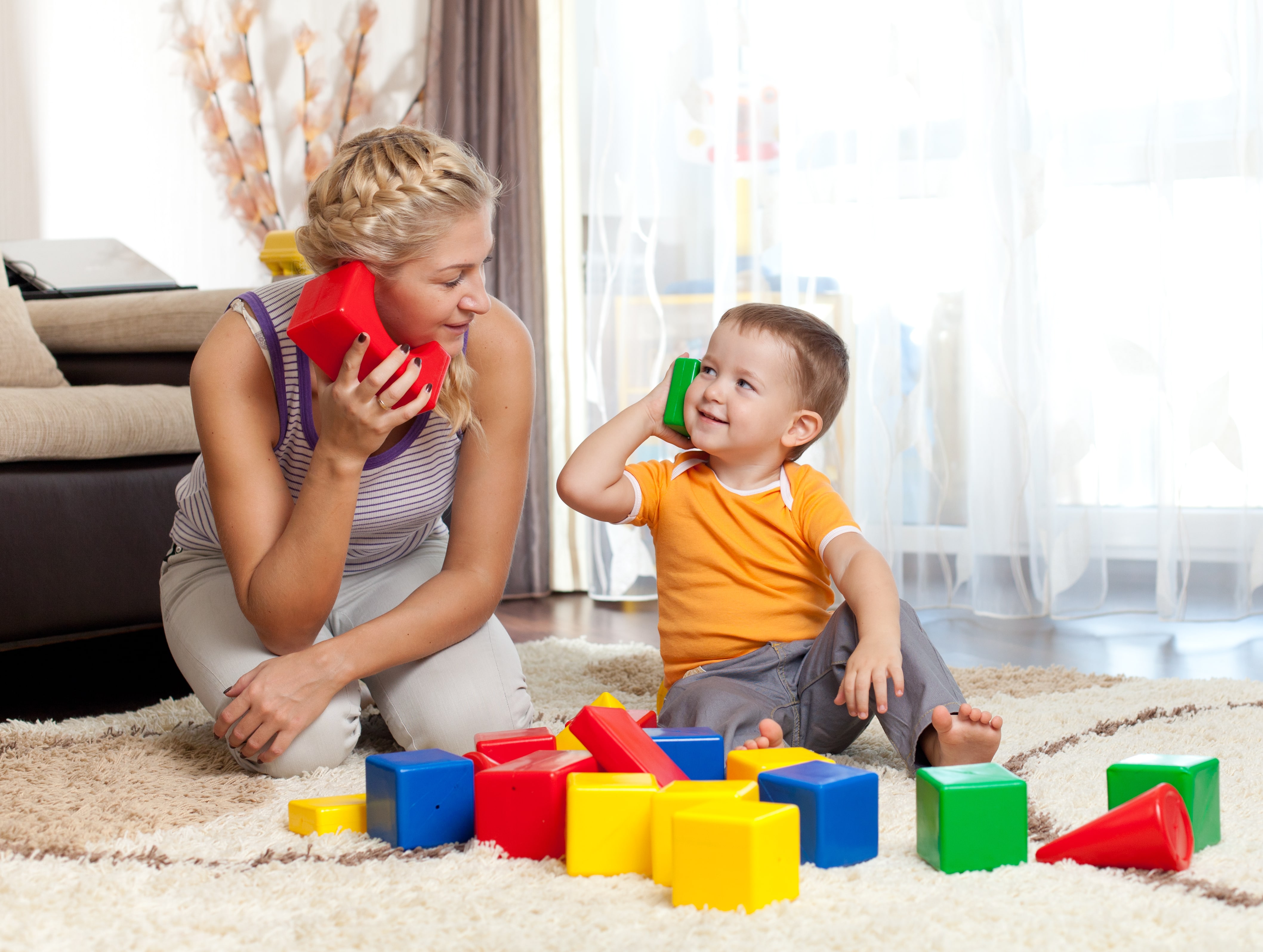
Prelinguistic Skills in Speech Therapy
Prelinguistic Skills in Speech Therapy
Early nonverbal communication behaviors that emerge prior to speech are known as prelinguistic skills. These include eye contact, gestures, turn-taking, joint attention, and vocal play. They are essential for building the foundation for language development. Speech therapists focus on strengthening these skills in young children to promote effective communication. Parents can support this development through interactive play, imitation, and responsive communication at home.

►Key Prelinguistic Skills
• Eye Contact
Eye contact is one of the first ways infants engage with their environment and caregivers. It shows attention, interest, and helps build social connection. In therapy, eye contact is encouraged through face-to-face play, expressive facial gestures, and engaging visual stimuli.
• Joint Attention
Joint attention occurs when a child and another person focus on the same object or event, often by following a point or gaze. This shared focus is essential for learning and interaction. SLPs use books, toys, and everyday routines to teach children how to direct and follow attention.
• Turn-Taking
Turn-taking lays the foundation for conversation. Even before speech, infants take turns during vocal exchanges or games like peek-a-boo. Therapists use simple games and modeling to reinforce this give-and-take dynamic.
•Gestures
Gestures such as pointing, waving, reaching, and nodding often come before spoken words. They allow children to communicate needs, interests, and emotions. SLPs teach gestures to expand a child's communication options and build understanding.
• Facial Expressions
Facial expressions convey emotions and intent. Recognizing and producing facial expressions is vital for emotional and social development. Therapists use mirrors, exaggerated expressions, and social games to promote these skills.
• Vocal Play and Babbling
Cooing, babbling, and other vocalizations help babies experiment with sounds and control their voice. These sounds are precursors to speech. Therapists encourage vocal play through imitation games, music, and repetition.
•Imitation
Children learn by copying what they see and hear. Imitation is a core component of learning language, gestures, and behaviors. SLPs model simple actions and sounds for children to imitate, reinforcing learning through repetition and praise.
► Encouraging Prelinguistic Skills at Home
Parents and caregivers are a child’s first and most important teachers. There are many ways to support prelinguistic skill development in daily routines:
♦ Make frequent eye contact during feeding, play, and conversations.
♦ Use simple gestures while talking, like waving or pointing.
♦ Respond to your child's coos and babbles as if you're having a conversation.
♦ Take turns in play, allowing the child time to respond or act.
♦ Read books together and point to pictures to build joint attention.
♦ Play imitation games like copying claps, facial expressions, or sounds.

►When to Seek Help
If a child is not showing signs of prelinguistic development by 9 to 12 months—such as making eye contact, responding to their name, or showing interest in people or objects—it may be beneficial to consult a speech-language pathologist. Early intervention can make a significant difference in a child's communication skills.
►Conclusion
Prelinguistic skills are essential building blocks for language. They help children connect with others, learn the structure of communication, and express their needs. Speech therapy focuses on identifying and supporting these foundational behaviors early. With the right support from therapists and caregivers, children can develop strong communication skills that prepare them for speech, learning, and lifelong interaction.
Back to Blogs